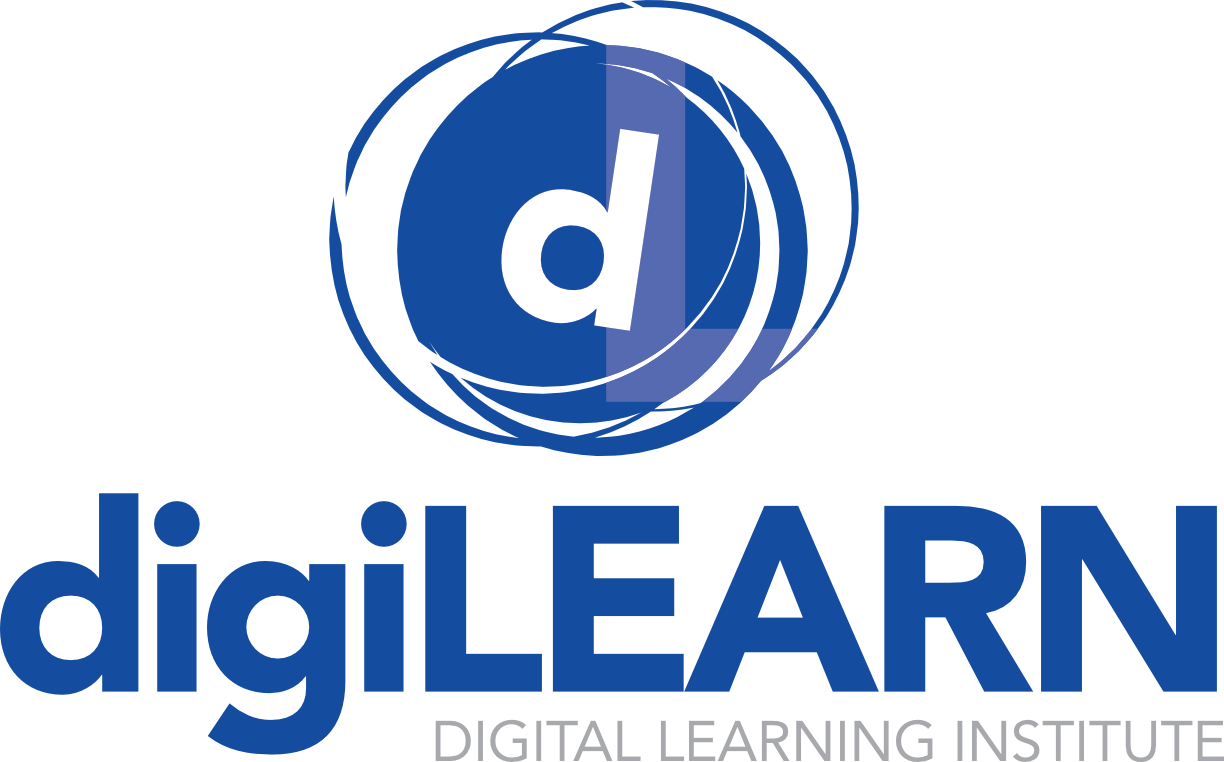Getting Smart: To Bring Learning into the Digital Age, We Must Empower Teachers
The following is an excerpt from a guest post on Getting Smart by digiLEARN co-founder Gov. Bev Perdue. For the full article, click here.
When you’re trying to find a restaurant in an unfamiliar city, do you pull out a folded-up map, or do you pull out your smart phone and Google it?
As technology evolves, our expectation for how that technology can and should make our lives better evolves with it. While holding a paper map may bring out a sense of nostalgia, we know inherently that our phones will help us to navigate to an unknown location more quickly and efficiently.
Yet every day, we ask teachers to prepare 50 million U.S. students for college and careers using a one-size-fits-all learning model that is tailored to the past. Under this model, teachers and schools are pressured to teach to compliance rather than competency, and our students leave school ill prepared for their own future.
Less than 40 percent of graduating high school students score at college and career-ready levels.
The U.S. faces a skills gap in which 6.9 million people are unemployed despite availability of 6 million jobs.
Fourth- and eighth-graders in the United States have made little to no gains in math and reading since 2015.
Teachers know the current system is outdated, and they know technology can help provide an answer for better success. A 2016 survey of 1,327 teachers revealed that 85 percent “believe digital tools that provide immediate, ongoing information about student understanding will increase learning.” Unfortunately, most teachers also said they feel they lack the skills and knowledge they need to effectively incorporate digital tools and personalized learning practices in their classrooms.
To bring education into the digital age, we must give teachers the skills they need to adapt their classrooms. And teachers can’t do it alone – they need district and state leaders to invest in meaningful professional development opportunities that let them explore new teaching practices. That’s why digiLEARN, the nonprofit I co-founded that’s dedicated to increasing personalized learning options for students and expanding instructional opportunities for educators, has created two resources to empower teachers and schools to transform classrooms through technology.
